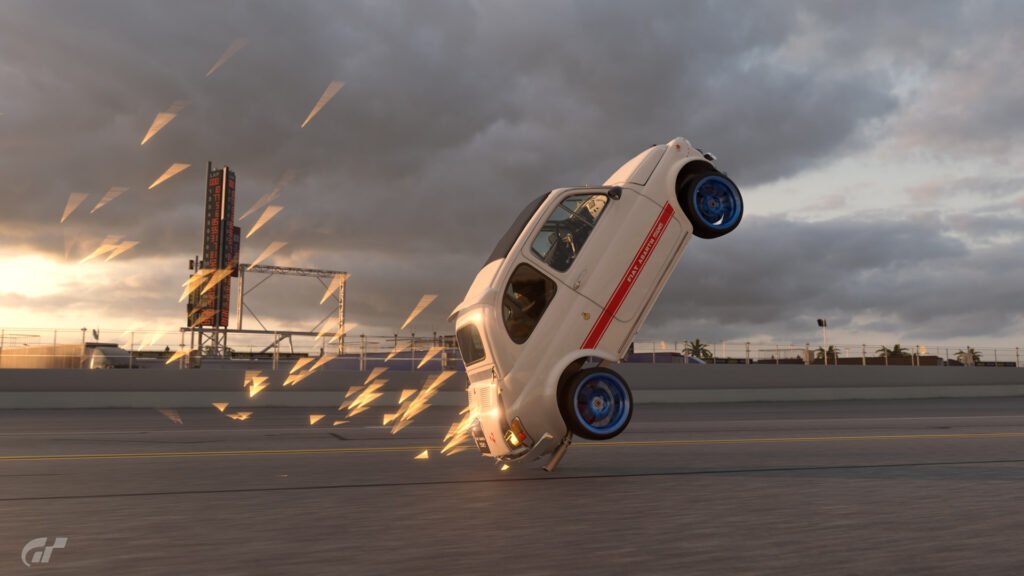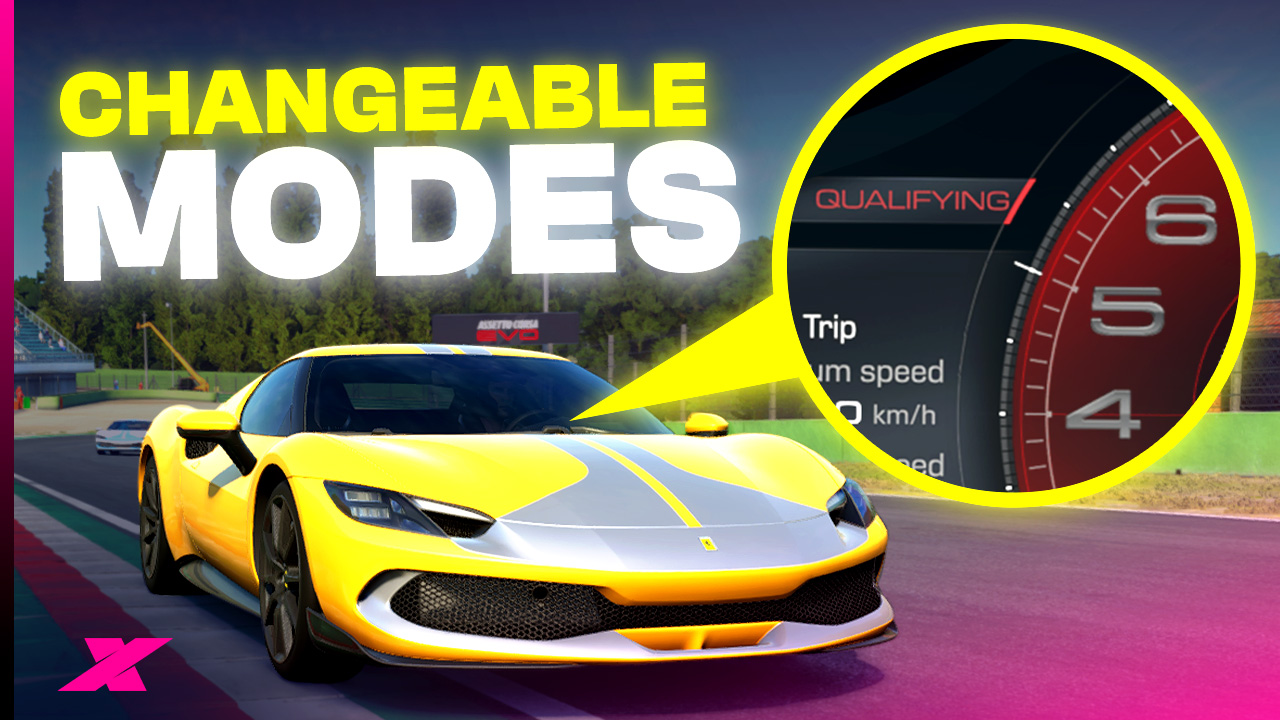I’ve just spun for the third time in a lap. The game, Gran Turismo 7. The track, Autopolis. I know both like the back of my hand. This is a strange sensation.
Granted, the Genesis X Gran Racer VGT Concept is new, but surely on racing medium compound tyres, it shouldn’t be this difficult.
Noticing that each spin is also destroying my rubber at an alarming rate, I’m reduced to short shifting and gentle throttle application.
Putting the rotations down to the 869bhp potential Le Mans-prototype precursor, and not ineptitude, I skip across to another car new to the Version 1.49 game update – a Ferrari 430 Scuderia.
Around we go yet again, more times than a ballet dancer during Swan Lake.
The reason seems to be the PlayStation racing game’s new suspension, steering and tyre physics models. In collaboration, they’ve made certain cars a lot more challenging to drive.
Drifting is now somewhat of a dark art with rear-wheel-drive machines, and you’ll need cat-like reactions to catch a slide when behind the wheel of some cars.
The increased challenge, initially, feels like a more rewarding system. Preventing the E36 BMW M3 from spinning for the first time makes you want to save the replay and clip your heroism.
Similarly, a wet race even in a GT3 car can see you reaching for the traction control options like a comfort blanket.
After a day of play, generally, I think this is a positive development for a title once dubbed ‘the real driving simulator’ – admittedly in a time long before actual simulations. In contemporary virtual racing, Gran Turismo 7 sits in an authentic space that still has a degree of accessibility, driving equally as well with a gamepad as it does with a $1,000 direct drive wheel base.

Assists to the fore
It will be the more casual players who will perhaps find this change the most alarming.
When the PS4 and PS5 racer was initially introduced in 2022, I suffered a recurring nightmare from trying to achieve gold in the International B-8 licence test. That V8-powered, rear-wheel drive Mercedes-AMG just simply wouldn’t behave.
Soon after, and a game update smoothed over the handling characteristics, dare I say close to a point of numbness at times.
1.49 changes that, reverting to something analogous to those very early days. Now, each car’s character is more distinct – the RUFRGT 4.2 deliberately feels like its nose is lighter than the rear, as it understeers wide of an apex.
Meanwhile, Colin McRae’s 1998 Subaru Impreza fools you into thinking VHT has been placed upon the asphalt. Using the default racing hard tyres, even a tap of the handbrake fails to unseat it – you must really want it to slide in order to slew off line.

More fettling required
More time is required to truly get under the skin. After all, I own over 500 cars and you can tune each.
It’s here where the main issues are happening. Modifying a vehicle, perhaps engine-swapping something inappropriate and fitting it with soft suspension and sticky rubber, delivers some interesting results.
I have a modified Abarth 595 and while it never handled with the panache of a modern hot hatch, it certainly didn’t rear up onto its rear wheels like a disgruntled horse, as it does now.
Popping a Porsche engine in the back of a Volkswagen Beetle without updating the suspension is even more wayward, bucking down straights on three wheels. Strange, but not entirely unexpected.
But both of these are edge cases. While Reddit is awash with strange clips of spontaneously jumping Sambabus vans, in my testing, at least, you must generally set up the car to extreme levels you perhaps would never use in a race.
Still, it doesn’t half look odd, and completely out of place in a title that is meant to be grounded in reality.
To that extent, a recent post to the Gran Turismo website affirms that another update is on the way.
The ‘known issues’ post reads:
- “Unintended vehicle behaviour is produced when a particular car setting is set within Car Settings”

Not particularly descriptive, but a quick acknowledgement on the day of release that something is amiss. Presumably Polyphony Digital is ‘on it’.
A version of the updated systems were used during last month’s World Series competition in Canada, and there’s a second round next month in Czechia. Mercifully, the racing cars seem to be planted so far, and the revised tyre wear could make for more diverse strategies not just in GT’s pinnacle competition, but the readily available Sport Mode.
Most of the time, this seems to be a positive step towards a more hard-edged Gran Turismo 7.
But if you see a heavily modified Suzuki Jimny behaving erratically on TikTok, just know that further changes are on the way…
Let us know your thoughts about Gran Turismo 7’s new physics in the comments below, and watch our video showcasing the Eiger Nordwand track’s evolution through the years.






Chat with the Community
Sign Up To CommentIt's completely Free
My key takeaway here is the incredible use of the word “fettling”… never change
You are all kidding yourselves, the physics are now broken 👍